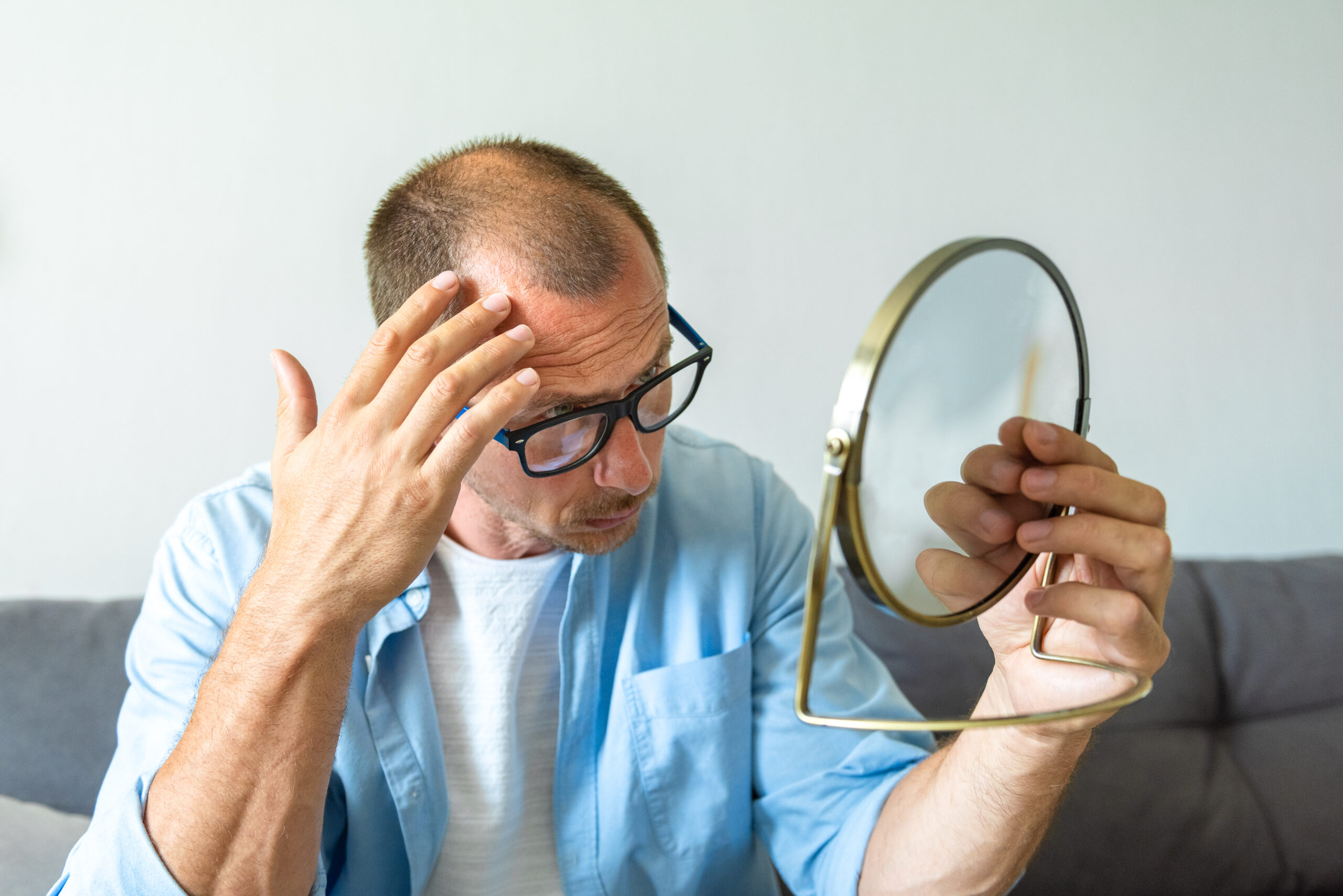Hair transplants have become a popular and effective solution for those struggling with hair loss. However, many wonder if they can undergo multiple procedures if necessary. In fact, a second or even third hair transplant can be a viable option for some patients. Let’s explore when and why multiple hair transplants may be required.
Factors That Determine How Many Hair Transplants a Person Can Have
- Donor Hair Availability: The availability of healthy hair follicles in the donor area is one of the most critical factors in determining if multiple hair transplants are feasible. The donor area is typically located at the back or sides of the scalp, where hair is genetically resistant to balding.
- Extent of Hair Loss: For some individuals, hair loss progresses over time, even after an initial hair transplant. In such cases, a second hair transplant may be necessary to address new areas of thinning or balding.
- Previous Transplant Success: The success of the initial hair transplant plays a significant role in whether additional procedures can be performed. A skilled hair transplant surgeon will evaluate the density and quality of the first transplant to determine if another one is advisable.
- Age and Health: Younger patients or those in good health may be more suitable candidates for multiple hair transplants. A thorough assessment of your overall health and hair loss pattern is essential before considering additional procedures.
Is a Second Hair Transplant Doable?
Yes, a second hair transplant is often a viable option for individuals who need further hair restoration. In fact, many men choose to undergo a second procedure to enhance the density of their hair or cover areas that may have started thinning after the first transplant.
- FUE Hair Transplant: Follicular Unit Extraction (FUE) is the most popular hair transplant technique due to its minimally invasive nature and quicker recovery times. If you’re considering a second hair transplant, FUE is often the preferred method, as it allows for precise graft placement without significant scarring.
- Other Hair Treatments: In some cases, non-surgical options can be combined with hair transplants to boost hair regrowth and overall success.
Key Considerations for Multiple Hair Transplants
- Recovery Time: While the recovery period after a hair transplant is relatively short, it’s essential to allow the scalp time to heal fully before undergoing another procedure.
- Managing Expectations: While multiple transplants can improve hair density, it’s essential to have realistic expectations about the results. Consult your surgeon to understand what outcomes are achievable based on your hair type and the number of available grafts.
- Consultation is Key: Before deciding on a second hair transplant, it’s essential to consult with an experienced hair transplant physician like Dr. Shintre. A comprehensive evaluation will determine whether another procedure is the best option for your hair restoration goals.
If you’re considering a second South Florida hair transplant or wondering how many procedures are right for you, schedule a free consultation with Dr. Shintre or call (561) 915-0902 to discuss your options. The best Boca Raton hair transplant solutions are tailored to your specific case, ensuring the most effective and long-lasting results.





